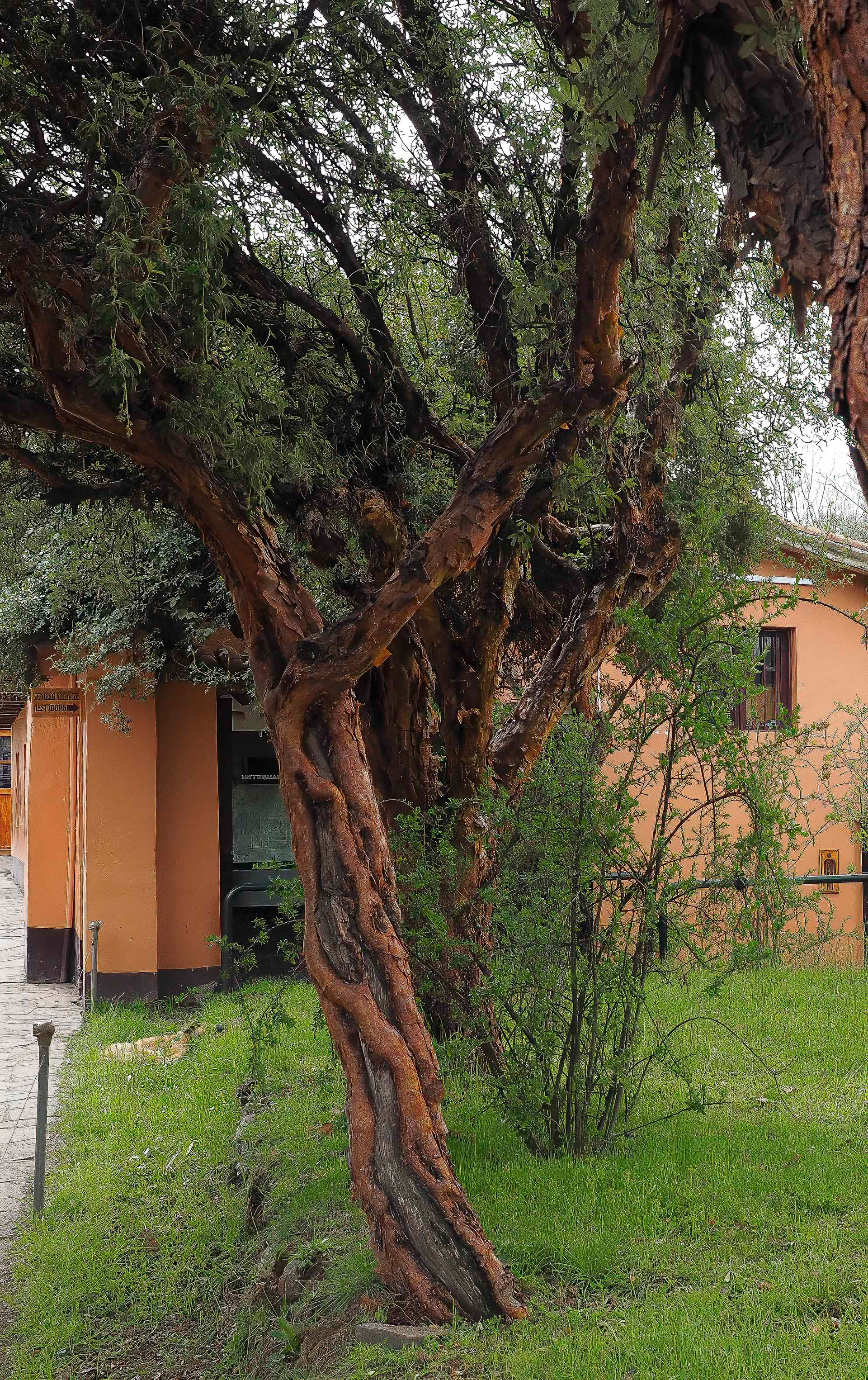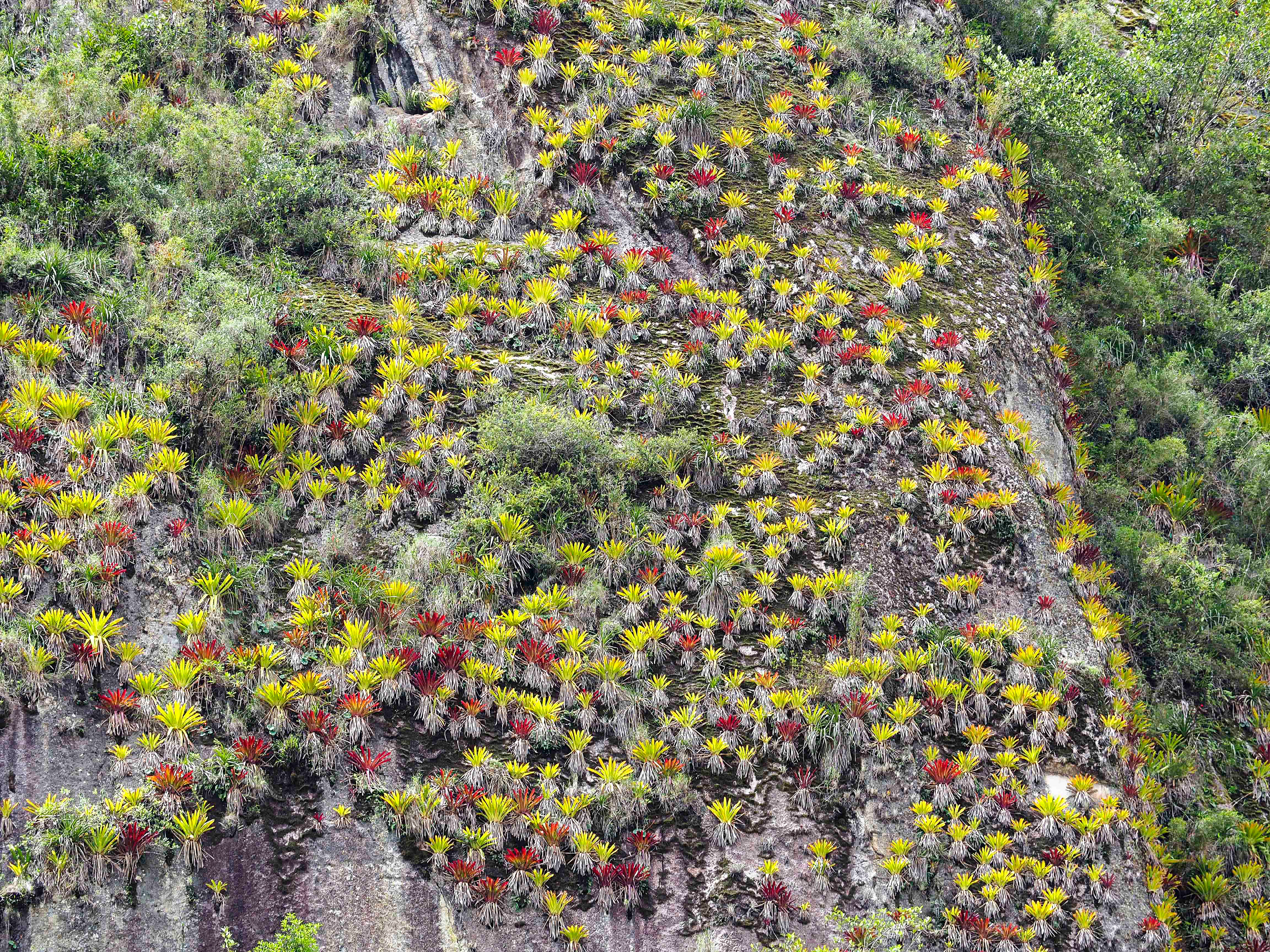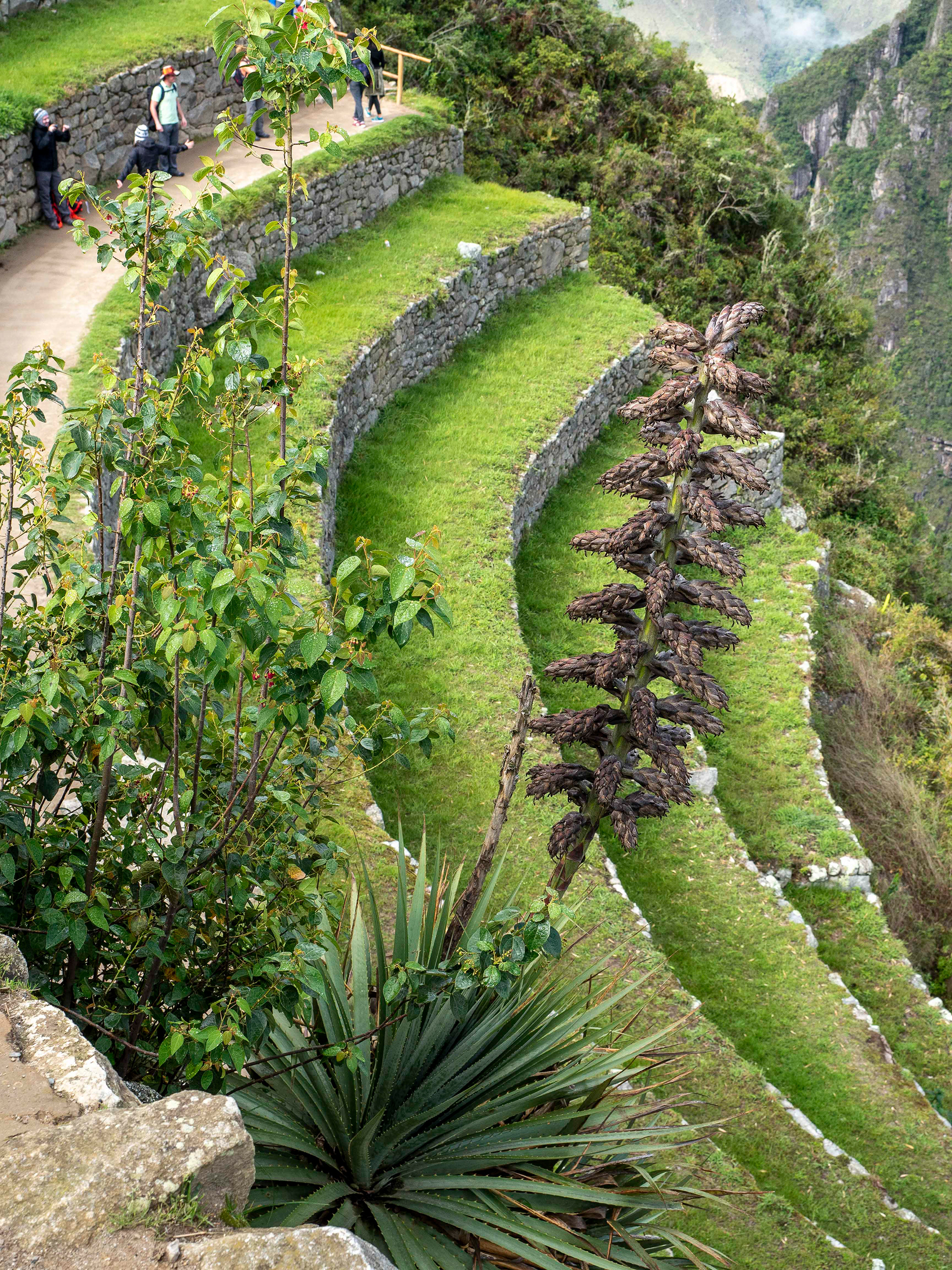Escaping from Sydney a few days before New Year’s Eve, a motley group of friends and family headed to South America for a month of adventuring. First Peru and Machu Picchu, then cycling in Cuba for 2 weeks, followed by 10 days sailing the Galapagos. A triple bucket-list trip!
After a night in Lima with plenty of Pisco sours (pisco, sugar, lime and egg white), we headed to Cusco, the staging ground for Machu Picchu.
Cusco at 3400 metres above sea level is equatorial in latitude, an average annual temperature of 10 to 11ºC and rainfall between 600 to 880 mm per year.
At this altitude, no sane person goes beyond Cusco without altitude (or is it attitude) adjustment, unless they like being dizzy, getting headaches and feeling sick.
With acclimatisation time on our hands, we explored Cusco, ably led by our fantastic guide, Darwin Mendoza.
Cusco - a city of contradictions
Cusco is fascinating place of stark contradictions – old Spanish wealth, religion and power and pre-Inca (prior to 1300) and Inca culture and buildings abound.
Beautiful gardens have been established at the Converto de Santo Domingo Del Cusco. They are built on the foundations of Quirkancha (The Temple of the Sun), the most important temple in the Inca world.
Many other gardens reflect the Spanish tradition of cloister gardens of Medieval Europe.

Converto de Santo Domingo Del Cusco

A medieval-style cloister garden built for reflection in the Museo Arzobispal

Converto de Santo Domingo Del Cusco

A medieval-style cloister garden built for reflection in the Museo Arzobispal
Notwithstanding the wealth of the Spanish era of occupation, poverty now runs rife.
Tourism has gone mad. Hill people come to the city to try to capture some of the tourism dollars and everywhere people grapple to make a living, educate their children, and conserve their heritage. Perhaps conserve is too passive a word – it’s more like reclaim their heritage.
The market gave us a taste of daily life in Cusco with its fruit and vegetable stalls (2,900 varieties of potatoes – husband was in heaven!), cheese, corn, bread (all of which we had for lunch), pigs’ heads (ahh, no thanks), guinea pig (hmm – brother-in-law was game).




Sacsayhuaman - historic Inca capital
A visit to Sacsayhuaman, the historic capital of the Inca, was our first taste of the Inca might.
Built on a hill, overlooking Cusco, Sacsayhuaman was first occupied in 900, then taken over by the Inca til the 1500s, then partly demolished by the Spanish who used the stones to build Cusco.
Groves of queñual (Polylepis racemosa), a gnarled tree with flaky red bark, have been established.
An intensely slow growing tree (0.1mm per year), it survives in the cool mists and thin air of high altitudes.
Previously covering much of the Andes, only small fragments remain. The trees are used for wood and medicine, including assisting in childbirth.

Extraordinarily tight stonework of Sacsayhuaman

queñual (Polylepis racemosa)

Sacsayhuaman arches

Cristo Blanco is a large statue seen across Cusco at 8 metres – a gift from Arabic Palestinians who sought refuge in Cusco after World War II.
Chinchero, the Sacred Valley of the Incas
Off to Machu Picchu – via Chinchero, the Sacred Valley of the Incas with weaving and dyeing lessons on the way. The textiles are exquisite, made with llama wool and natural dyes. We had a wonderful demo of the whole process, from spinning to weaving to dyeing by our beautiful hostess.



Salt pans

Granaries set high up the mountain at Ollyantantambo

Mosses and lichens thrive in the moist environment
The salt pans and Ollyantantambo
Shutting my eyes was the best way to deal with the hair-raising set of steep winding roads which took us Sal Natural y Ecologica (salt pans).
Set in a deep valley, they are fed by natural streams and have been producing for thousands (probably millions) of years.
Nothing much grows in this hostile environment.
The unfinished fortress
Onto Ollyantantambo and the unfinished fortress.
Granaries high up in the mountains stored the community’s grain at this unfinished fortress.
Stunning and delicate cloud forest plants abound. Cloud forests are tropical forests covered in mists for much of the time, which filters light and adds humidity.
Stunning and delicate cloud forest plants abound. Cloud forests are tropical forests covered in mists for much of the time, which filters light and adds humidity.
Machu Picchu at last!
After an overnight sleep, a train, a long queue to get a bus ticket, and then the bus (up the hill with another set of hairy hairpin bends), we were there. Among the bromeliads – cliff faces covered.
We were lucky – not many crowds in January, and plenty of time to wander the ruins, explore the rocks and paths and see the plants. Macho Picchu touched me spiritually – the connection with Mother Earth, the reverence of the massive boulders, discovering civilisations past. There was the grandeur of the old buildings and the fascinating of the vegetation.

Wall of bromeliads

Machu Picchu

Puya herrerae


Terraces of Machu Picchu, previously vegetable gardens


Ancient stonework

Clearing vegetation from the walls

Vegetable garden terraces

An extraordinary mini-trek along the path to the Inca Bridge showed the full diversity and density of the cloud forest plants…







